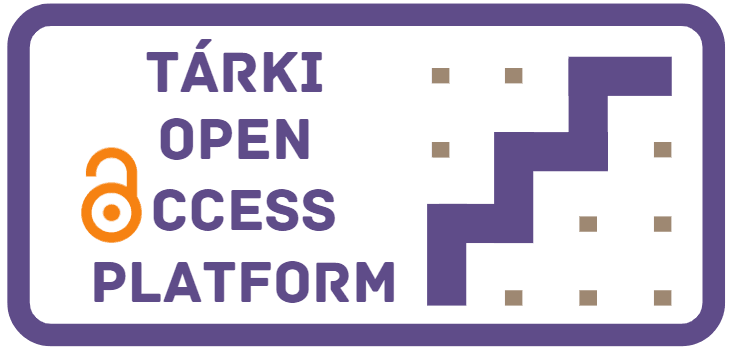Egészségügyi állapot, egészségügyi egyenlőtlenségek nemzetközi összehasonlításban
letöltésOrosz Éva; Kollányi Zsófia
Egészségügyi állapot, egészségügyi egyenlőtlenségek nemzetközi összehasonlításban
Health status can be viewed as a complex ‘outcome indicator’ of a country’s socio-economic and political processes (Sen, 1995) because a long and healthy life is in itself a valued outcome for individuals. It is also one of the key components of well-being at both the societal and the individual level that are fundamentally influenced by government policies. Furthermore, the right to health is one of the fundamental dimensions of human dignity, hu-man rights and the fulfilment of democratic norms. Currently, the growth in health inequalities poses a serious threat to the economic performance and long-term social progress of Hungary. Alleviation of these inequalities is of fundamental importance to Hungarian society (Orosz and Kollányi, 2014). Health inequalities have received increasing attention in the international arena since the early 2000s, following a long period of ‘being forgotten’ (Marmot and Wilkinson, 2000). The greater attention to health inequalities is part of a broader paradigm shift. Research – as well as increasing social and political tension – has highlighted the fact that social polarization, disintegration and the upsurge in political extremism represent threats not only to individual well-being, security and life satisfaction, but also to long-term eco-nomic development (OECD, 2011). Demographic change – and the declining share of the active population – has drawn attention to the human factors of economic growth. This has brought about a new approach in the European Commission’s health policy: governments have been encouraged to consider good health and health care as a key factor contributing to a quantitative and qualitative improvement in labour supply, as well as to long-term eco-nomic growth (European Commission, 2007). However, the economic crisis that broke in 2008 did have a number of negative effects on health and health care: on the one hand, it aggravated the social risks associated with health inequalities; on the other, it further reduced the availability of re-sources to tackle those inequalities (WHO, 2013). Public spending on health fell in real terms in a number of countries – including Hungary – in the early 2010s (Quaglio et al., 2013). Different aspects of the inequalities in health and health care have been addressed by social research in Hungary since the early 1980s, and thus a substantial body of knowledge has accumulated over recent decades (see, for example, Hablicsek, 2007; Józan 1994; Kovács 2007; 2012; Kopp and Szedmák, 1998; Losonczi, 1989; Orosz, 1990). Nevertheless, considering their importance, health inequalities have thus far received limited attention among the political elite and the public.
